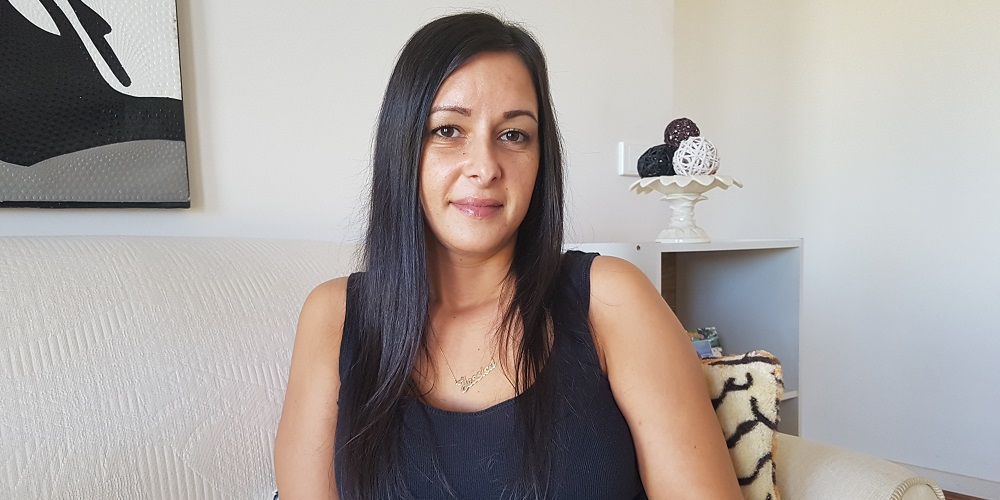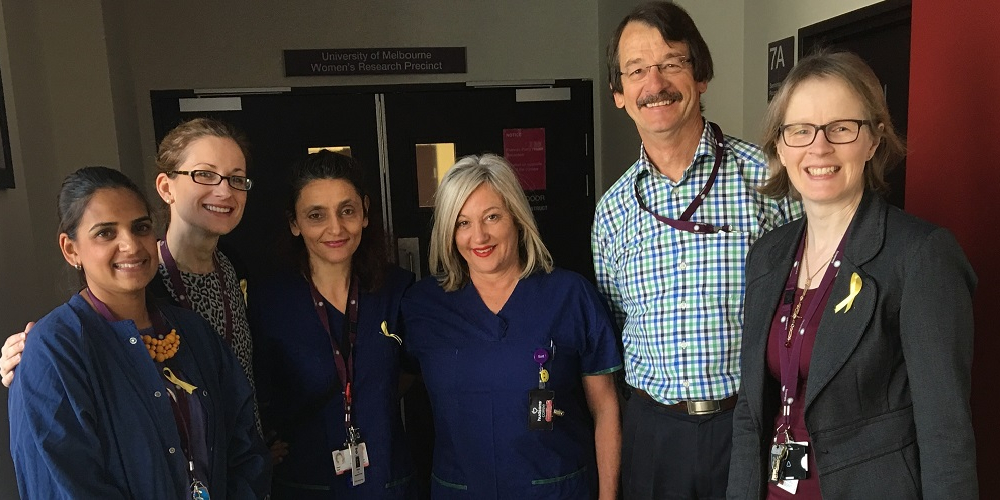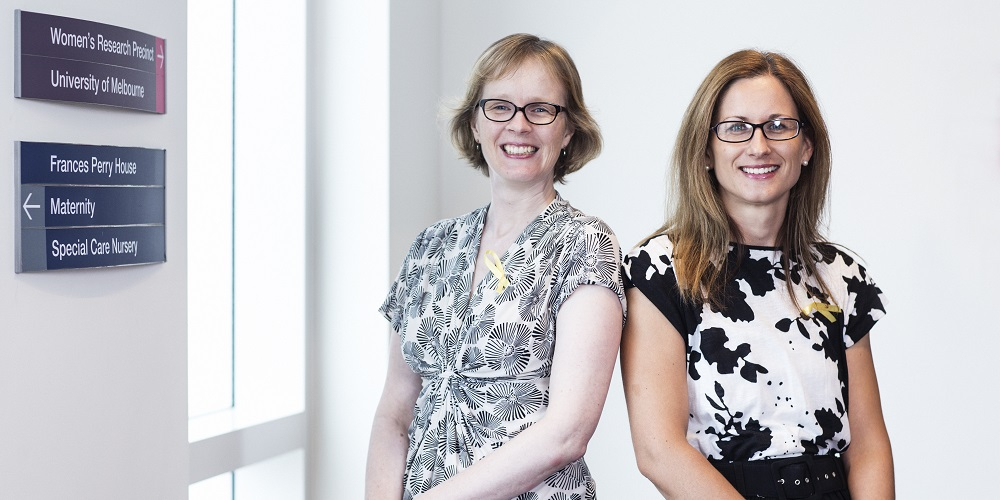
Young women are undergoing radical treatments including hysterectomies and taking medication to induce menopause in a bid to stop debilitating pain caused by endometriosis.
One in 10 women has endometriosis. Symptoms can vary from heavy or long periods, pain during sex and cramps during menstruation, to extensive and daily pain that can have a debilitating impact on quality of life. It can also cause infertility.
New analysis from the Royal Women’s Hospital has found endometriosis costs the Australian economy $12 billion a year.
Despite the prevalence of the condition and severity of symptoms, scientists have very little understanding of the biological causes of endometriosis or how best to treat it. There is also no easy way to diagnose the disease, resulting in many women experiencing years of delays before receiving a diagnosis for their symptoms.
Scientists have welcomed a Government announcement last month of $2.5 million in funding for endometriosis research as a good start, but say more is needed to deliver better treatments.
Royal Women’s Hospital Research Director Professor Peter Rogers is leading the country’s largest endometriosis research project, involving more than 700 women, and is looking for the possible genetic drivers behind the disease.
“If we can identify the genetic drivers, understand how they influence endometriosis and the pain it causes, we may be able to find a way to disrupt the pathways that cause endometriosis and the pain," Professor Rogers said.
“We have identified several possible genetic associations that increases a woman’s chance of developing endometriosis. The biggest lead so far is a gene with unknown biological function which has not been investigated extensively before. Our research looks to decipher the function of these genes, which are associated with endometriosis risk and therefore advance our understanding into this prevalent illness for which we know very little about.”
Study investigator Dr Sarah Holdsworth-Carson from the Women's and the University of Melbourne said the study was collecting a huge amount of new information on endometriosis.
“We are finding multiple genetic influences and shedding new light on endometriosis, however we are not funded to explore those findings further,” Dr Holdsworth-Carson said. “There is an opportunity to make advances in our understanding of endometriosis if funding can be made available.
Associate Professor Martin Healey is the Head of Gynaecology Unit at the Women’s and treats women with endometriosis and pelvic pain.
“For decades women have often been told it is a woman’s lot to have pain during their periods. That idea is changing.
“One of the biggest challenges is that endometriosis can usually only be diagnosed by having surgery,” he said. “As all surgery carries risk, it means many women may have their condition untreated for many years and face years of delay before diagnosis. This is the case especially in young women and teenagers. We need to find a better way to diagnose the condition.”
Treatments can include the contraceptive pill, hormone treatments that induce menopause and surgery to remove the endometriosis lesions. Each woman can respond differently to treatment and for women who find treatments that work – symptoms may return several months or years later.
“We are yet to fully understand how endometriosis works and therefore treatments are limited,” Assoc Prof Healey said. “We also know that women with endometriosis often experience other conditions as well that can cause severe pain, such as bladder pain syndrome, irritable bowel disease and adenomyosis. So it is difficult to treat multiple conditions that could be causing pain.”
Jessica Panetta, age 32, is involve in the research trial. Endometriosis has had a significant impact on her life.
“I have had eight surgeries to remove endometriosis and it hardly provides any relief. I have had endometriosis on my chest wall, diaphragm, liver - which lead to a liver resection, bladder, abdominal wall, flank, pouch of douglas, bowels, bladder - pretty much everywhere.”
The only treatment to provide some pain improvement for Jessica was to take medication to induce menopause, but patients are recommended only to be on it for a short period of time.
“After 18 months of treatment I had to stop taking it. Now I am back to chronic pain every day,” Jessica said. “Each month, I had to take a few days off work because the pain became so severe and unmanageable. My manager eventually told me that I couldn’t take any more time off and I needed to get myself “fixed” before returning to work. I have tried everything possible but still have excruciating pain. I haven’t been able to work for five years.
Jessica has thought about having a hysterectomy. Removing the uterus will remove the source of new endometriosis, and also adenomyosis (a condition where endometrial tissue grows into the muscular wall of the uterus). However, it will not address the pain caused by the existing endometriosis. But first, Jessica plans to have a family.
“I would love to have children but I need to get my pain under control. If I can’t look after myself, how can I look after a helpless baby? But I do worry that the endometriosis will have affected my fertility.”
Jessica tries her best to remain optimistic that she will find a treatment that works for her, possibly with a multidisciplinary approach.
Read related content from the Women's
-
 600 women recruited for endometriosis study
600 women recruited for endometriosis studyThe Women's celebrates recruiting 600 patients to ongoing study of genes linked to endometriosis
Learn more -
 Large endometriosis study explores genetic link
Large endometriosis study explores genetic linkMarch is Endometriosis Month and The Women's staff are raising awareness of the disease and latest developments in research and clinical practice.
Learn more